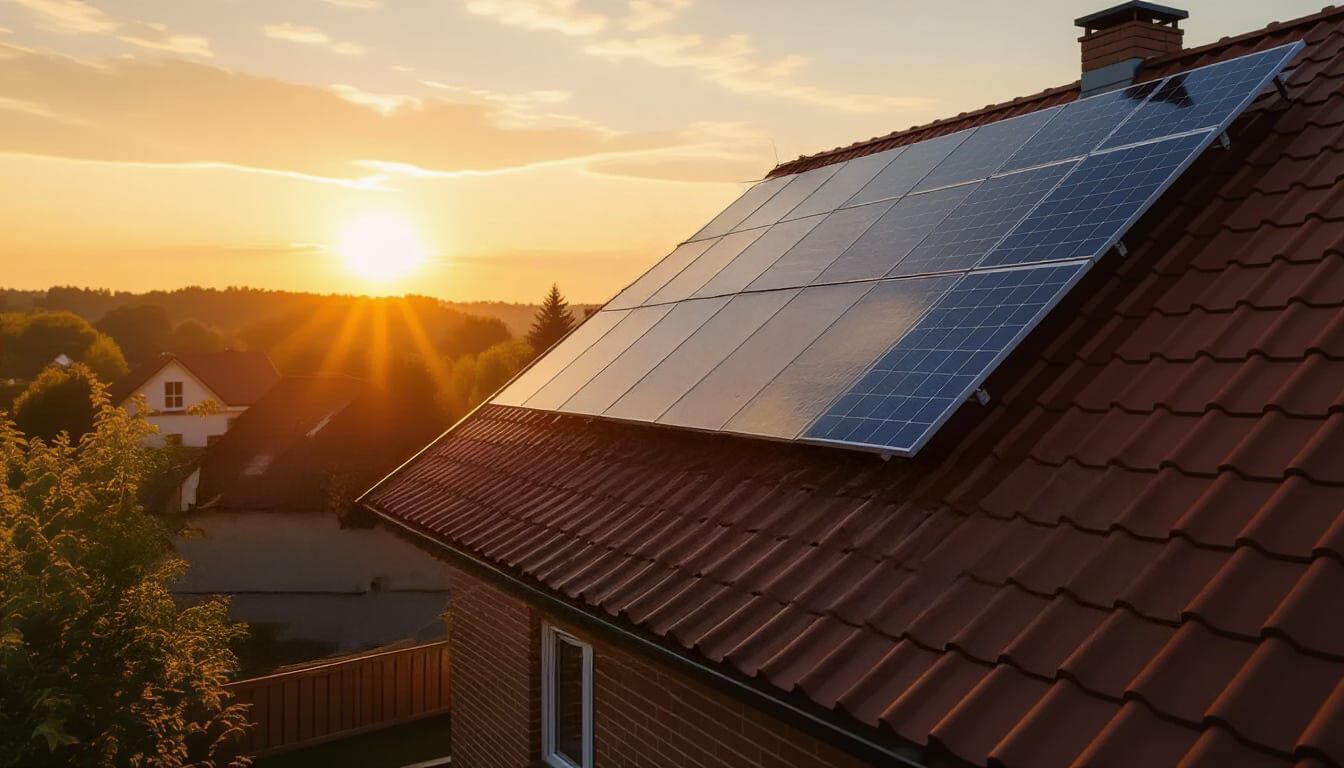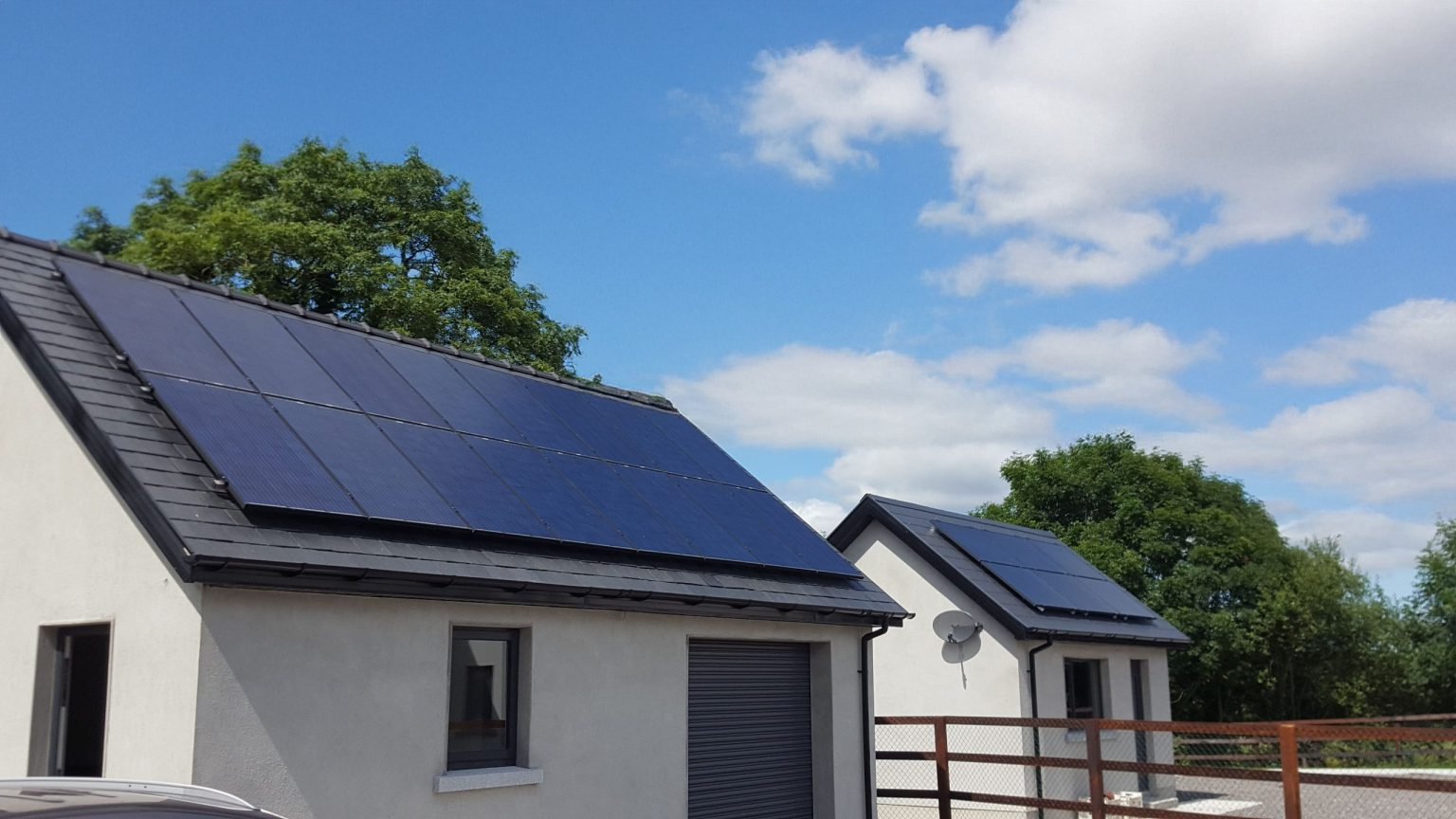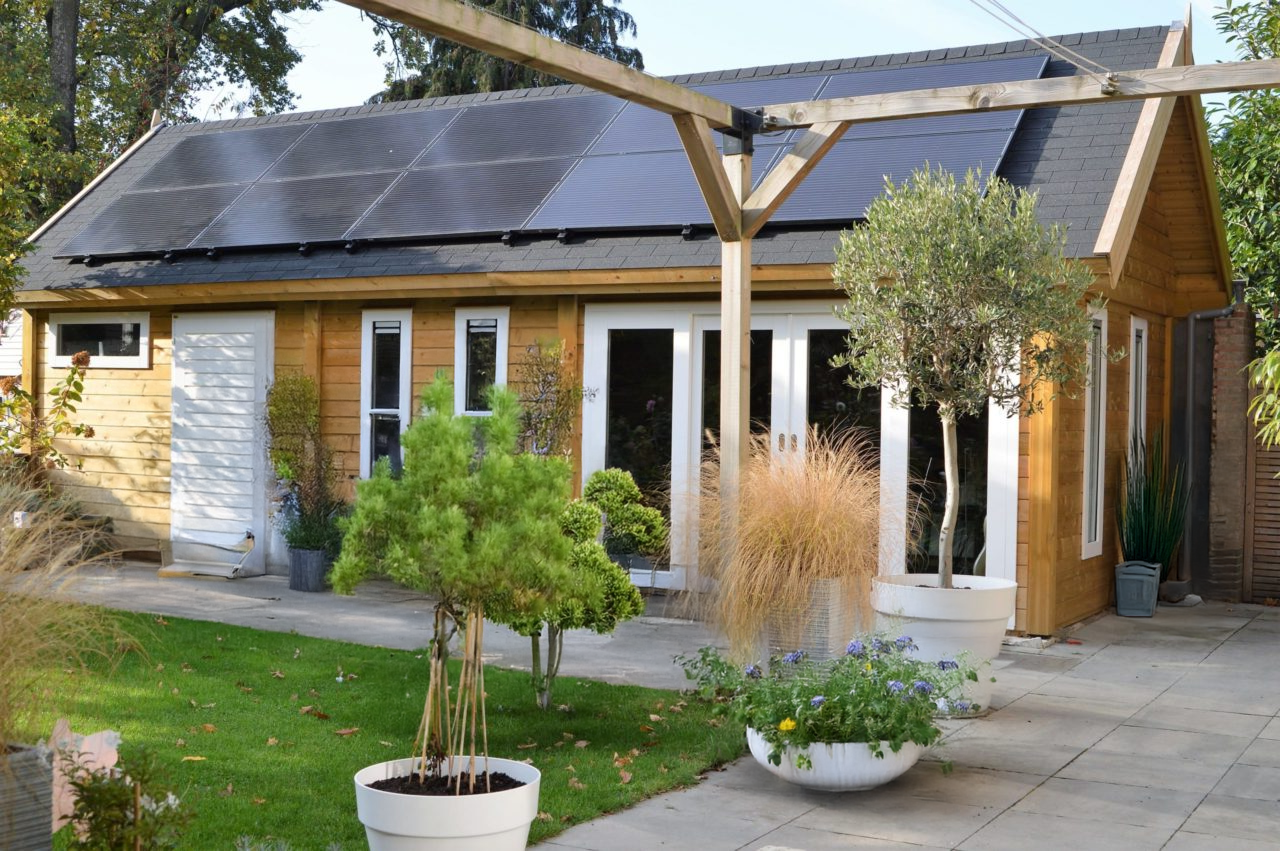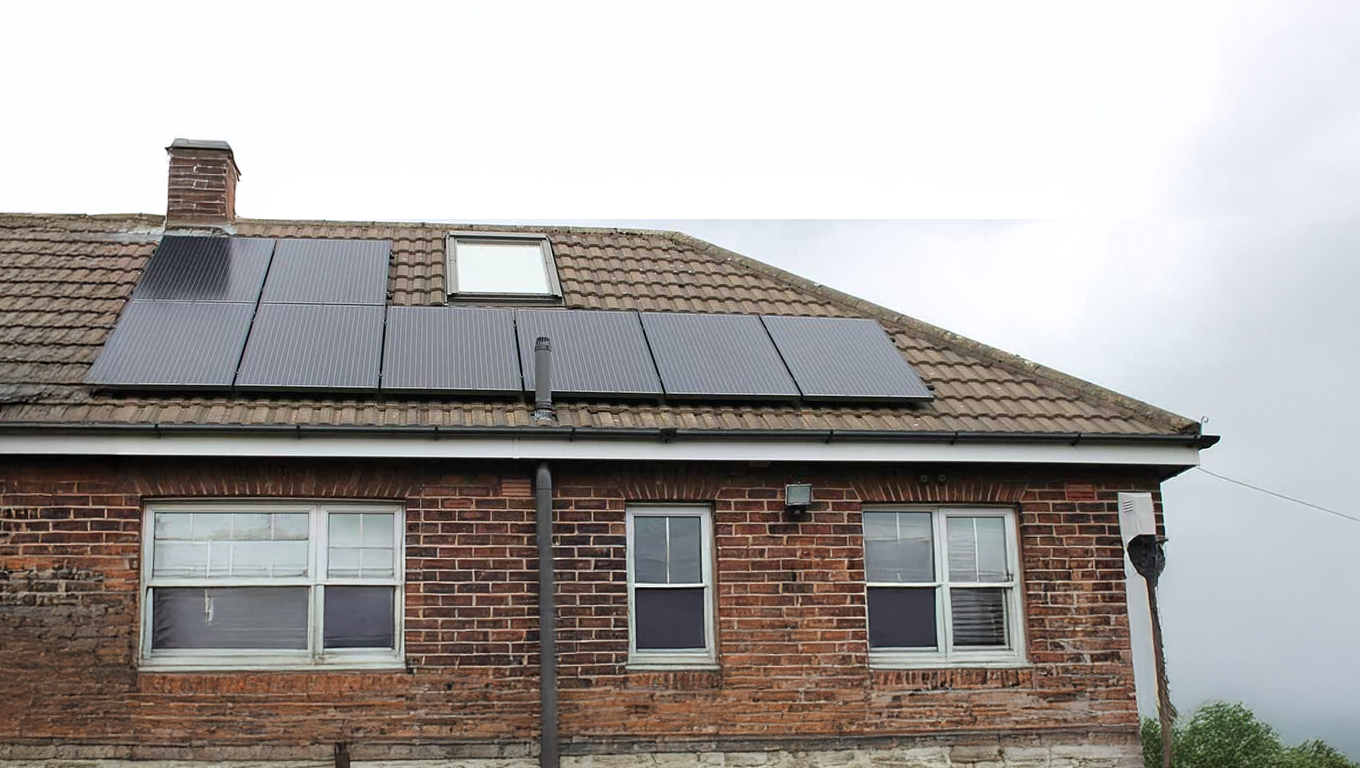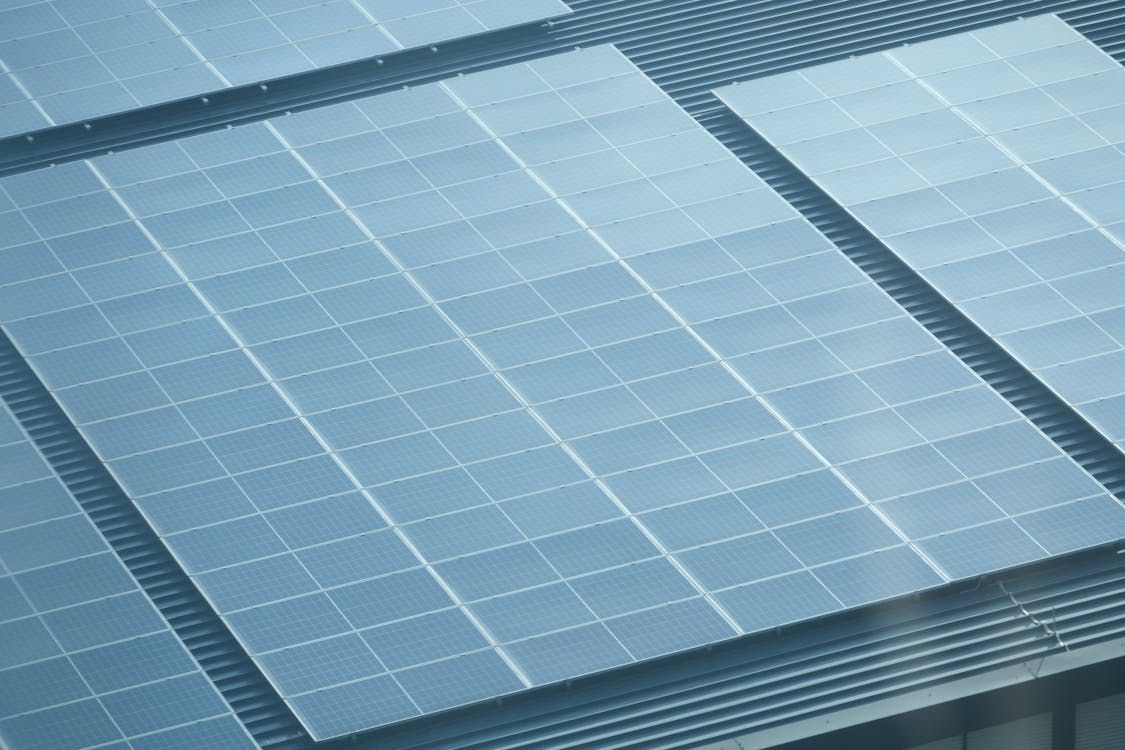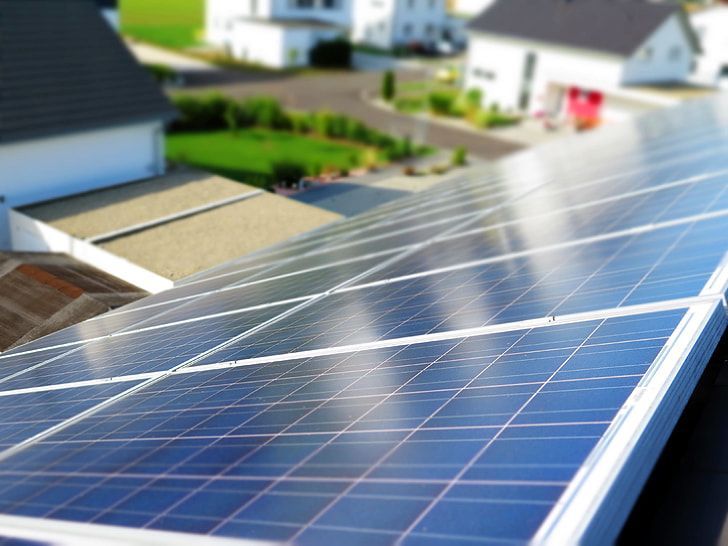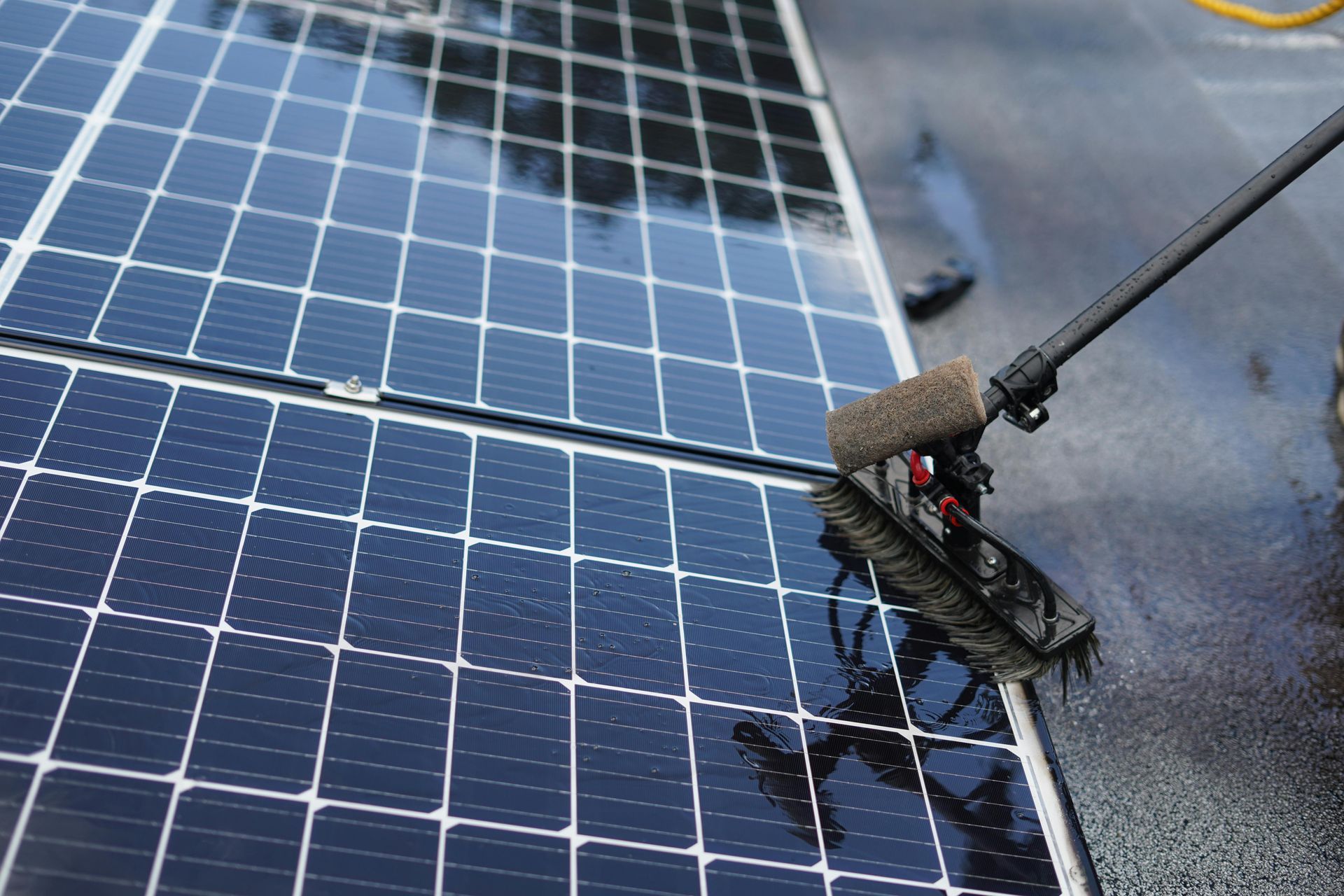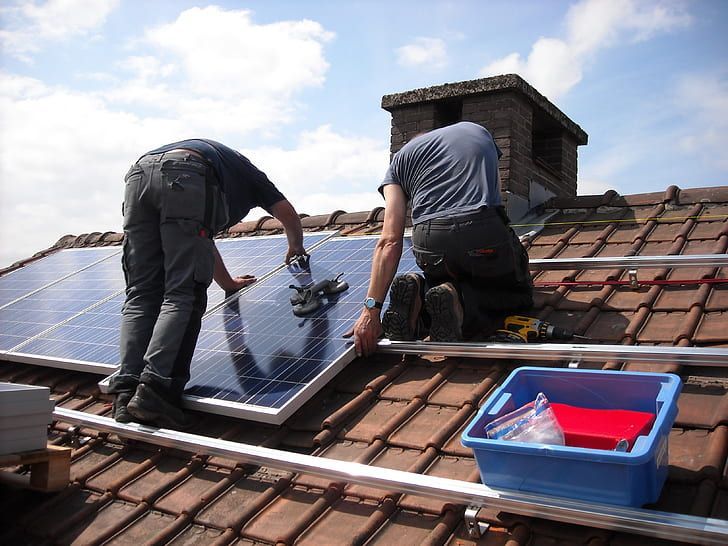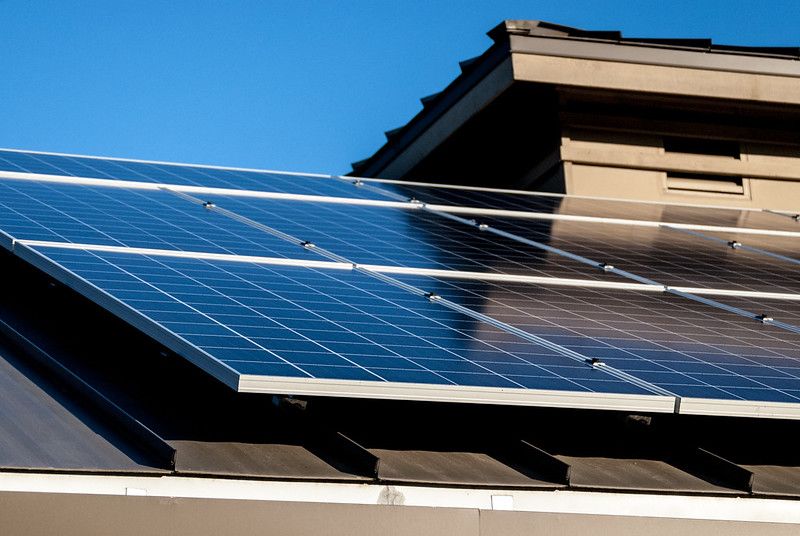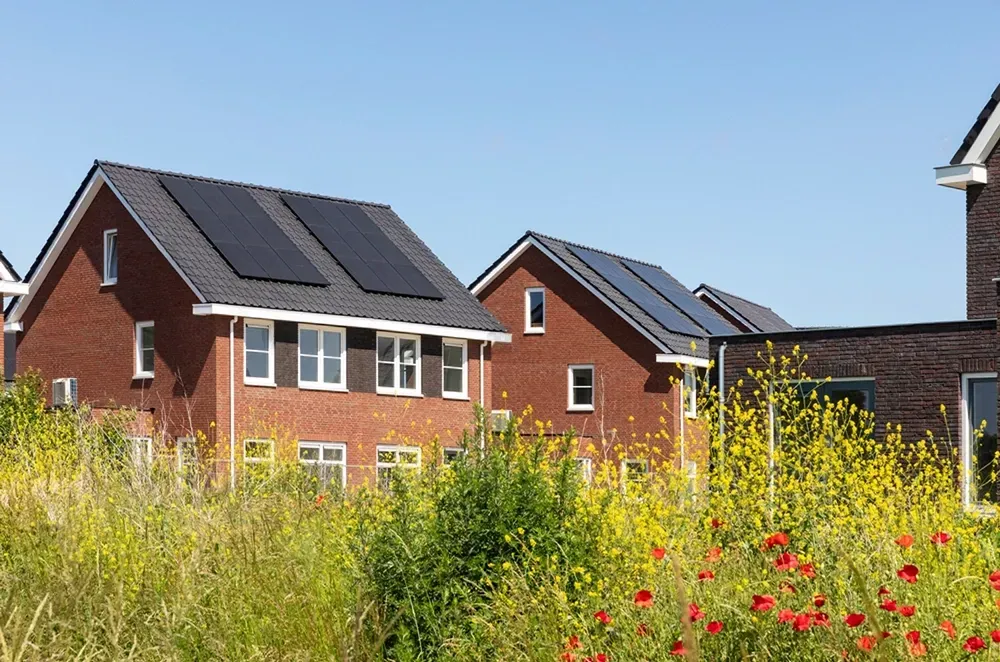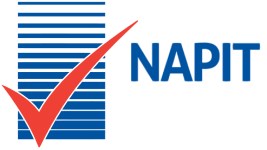Guide to Integrated Solar Panels: Roof PV & In-Roof Solar Solutions
Looking to Power Your Home with Solar Panels?
Transform your energy savings with high-quality solar panel installation! Enjoy lower bills, eco-friendly power, and reliable service tailored for your home. Start saving today!
As the world increasingly shifts towards sustainable energy solutions, integrated solar panels have emerged as a modern and efficient alternative for homeowners looking to harness solar power. This guide will explore the benefits, costs, and installation processes associated with roof-integrated solar systems and in-roof solar solutions. By understanding the intricacies of these systems, you can make informed decisions about integrating solar technology, such as PV panels, into your home.

What are Integrated Solar Panels and How do They Work?
Understanding the Basics of Integrated Solar
Integrated solar panels refer to solar technology that is seamlessly integrated into a building's roof structure, as opposed to traditional solar panels that are mounted on top of existing roofs. This innovative approach not only provides the functionality of generating solar energy but also enhances the aesthetics of the property. Integrated solar panels, particularly in-roof solar solutions, are designed to replace conventional roof tiles or shingles, creating a flush-mounted and debris-free appearance typical of modern solar panel systems. This integration streamlines the installation process and ensures a watertight seal, enhancing the overall durability of the roof.
How Integrated Solar Panels Function
Integrated solar panels function similarly to traditional solar panels, converting sunlight into electricity through photovoltaic (PV) technology, which is essential for any solar panel system. When sunlight hits the cells in the integrated solar panel, it generates direct current (DC) electricity, which is then converted into alternating current (AC) electricity by an inverter. This AC electricity can be used to power your home, charge electric vehicles, or even be exported back to the grid, depending on your energy needs and local regulations. The efficiency of these systems is enhanced by their design, which allows for optimal sunlight exposure and minimal shading, leading to higher energy output.
Benefits of Using Integrated Solar Panels
The benefits of using integrated solar panels are manifold. First and foremost, they provide an eco-friendly solution for generating renewable energy, reducing reliance on fossil fuels. By integrating solar technology into the roof, homeowners can benefit from improved aesthetics, as the panels blend seamlessly with the roof design. Additionally, integrated solar panels can increase the value of a property, as modern, energy-efficient homes are in high demand. Furthermore, these solar panel systems often come with long-term guarantees and certifications, ensuring reliability and performance over their lifespan, which is particularly beneficial for solar PV installations.
What is the Cost of Installing Roof Integrated Solar Panels?
Factors Influencing the Cost of Integrated Solar Systems
The cost of installing roof-integrated solar panels can vary significantly based on several factors. These include the size of the solar system, the type of integrated panels chosen, and the complexity of the roof structure, especially when considering a retrofit with gse in-roof solutions. Installation costs can also be affected by local labor rates and the need for additional components, such as inverters or battery storage systems. It’s essential to factor in these variables when planning your solar panel installation, as they will influence the overall affordability of the project.
Comparing Costs: Integrated Solar vs Traditional Solar Panels
When comparing the costs of integrated solar panels to traditional solar panels, one must consider both the initial installation costs and the long-term savings on energy bills. While integrated solar systems may have a higher upfront cost due to the dual function as roofing material, their aesthetic appeal and efficiency often justify the investment. Additionally, traditional solar panels require separate roofing materials, which can increase the overall cost of a roofing project. Therefore, while the initial outlay for integrated systems may be higher, the potential for lower maintenance costs and improved energy efficiency can make them a more cost-effective choice in the long run.
Financing Options for Solar Panel Installation
Financing options for solar panel installation are increasingly accessible, making it easier for homeowners to transition to renewable energy through various solar PV solutions. Many local governments and organisations offer incentives, rebates, and tax credits for installing solar energy systems. Moreover, financing plans, such as solar loans or leases, allow homeowners to spread the cost of installation over time, making integrated solar panels more affordable. It's essential to explore these options and consult with financial advisors to determine the best approach for your situation, ensuring a seamless transition to solar power.
What are the Advantages and Disadvantages of In-Roof Solar Solutions?
Benefits of In-Roof Solar Panels
In-roof solar solutions offer numerous advantages that appeal to homeowners looking for a modern solar energy system. One of the primary benefits is the enhanced aesthetics, as these panels blend seamlessly with the roof design, eliminating the bulky appearance of traditional on-roof solar panels. Additionally, in-roof solar panels are often lighter than their traditional counterparts, making them suitable for various roof pitches and structures, enhancing their appeal in solar installations. They also contribute to improved energy efficiency, as integrated panels optimise sunlight absorption and minimise potential shading from roof obstructions.
Disadvantages of Integrated Solar Panels
Despite their many advantages, integrated solar panels come with some disadvantages that must be considered. The initial cost can be higher than that of traditional solar systems, which may deter some homeowners. Furthermore, the installation process can be more complex, requiring specialised skills and expertise to ensure proper integration with the roof structure. This complexity can lead to increased labor costs and installation times. Additionally, in cases of damage, repairs may be more challenging and costly, as the integrated panels are part of the roof itself, especially in lightweight solar installations.
Weighing the Pros and Cons
When weighing the pros and cons of integrated solar panels, it is essential to consider both the immediate benefits and long-term implications. The aesthetic appeal, energy efficiency, and potential increases in property value are significant advantages. However, the higher initial costs and potential challenges in repairs should not be overlooked. Homeowners must assess their priorities, budget, and long-term energy goals when deciding whether to invest in lightweight integrated solar solutions.
How to Plan and Design an Integrated Solar Roof?
Key Considerations for Integration
When planning to integrate solar panels into your roof, several key considerations should be addressed. First, evaluate the compatibility of the integrated solar system with your existing roof structure or design a new roof that accommodates the panels. Understanding local building regulations and obtaining the necessary permissions is also crucial to ensure compliance and avoid potential legal issues. Moreover, consider the orientation and pitch of your roof to optimise solar energy capture throughout the year.
Designing for Efficiency and Aesthetics
Designing an integrated solar roof requires a balance between efficiency and aesthetics. The layout of the solar panels should maximise sunlight exposure while maintaining a cohesive appearance with the overall architecture of the home. This may involve selecting specific roof tile designs and colours that complement the integrated panels. Additionally, integrating features like skylights or ventilation systems can enhance the functionality of the roof while ensuring that the solar system operates at peak efficiency.
Meeting Building Regulations for Solar Roofs
Meeting building regulations is a critical step in the planning and design of an integrated solar roof. In the UK, for instance, Part L Building Regulations outline energy efficiency standards that must be adhered to during construction. Ensuring that your integrated solar system meets these regulations will not only enhance energy performance but may also qualify for certain certifications and guarantees. Consulting with professionals familiar with local laws can simplify this process and help you navigate the complexities of compliance.
What is the Installation Process for Roof Integrated Solar Panels?
Steps Involved in Solar Panel Installation
The installation process for roof-integrated solar panels involves several key steps, particularly when implementing an in-roof system for optimal performance. First, a thorough assessment of the roof structure is conducted to determine compatibility with the integrated panels. Once the design and layout are finalised, the installation team will prepare the roof by removing existing materials and ensuring a clean, debris-free surface for the new solar installation. The integrated solar panels are then mounted according to the specified design, with careful attention to achieving a watertight seal. Finally, the system is connected to the electrical grid, and functionality tests are performed to ensure everything operates as intended.
Choosing the Right Installation Professionals
When starting your integrated solar project, selecting the right installation professionals is essential for success. With Solar Simplicity Limited, you’re partnering with a team of MCS (Microgeneration Certification Scheme) certified installers who specialise in integrated solar systems. Our extensive experience and proven record of successful installations ensure your project adheres to the highest standards of quality, safety, and performance.
Our MCS certification assures compliance with stringent industry standards, giving you confidence in a reliable, durable solar system. Supported by excellent customer reviews and recommendations, Solar Simplicity Limited is dedicated to providing outstanding service and a smooth installation process.
Maintenance Tips for Integrated Solar Systems
Maintaining integrated solar systems is vital to ensuring their longevity and efficiency. Regular maintenance should include inspecting the panels for debris accumulation, checking for any signs of damage, and ensuring that the inverter and electrical components are functioning correctly. It is advisable to schedule professional inspections periodically to address any potential issues with your solar installation before they escalate. Additionally, keeping an eye on energy production can help identify any drops in efficiency, prompting timely maintenance or repairs.
Solar Simplicity
Clean, Green Energy Solutions!
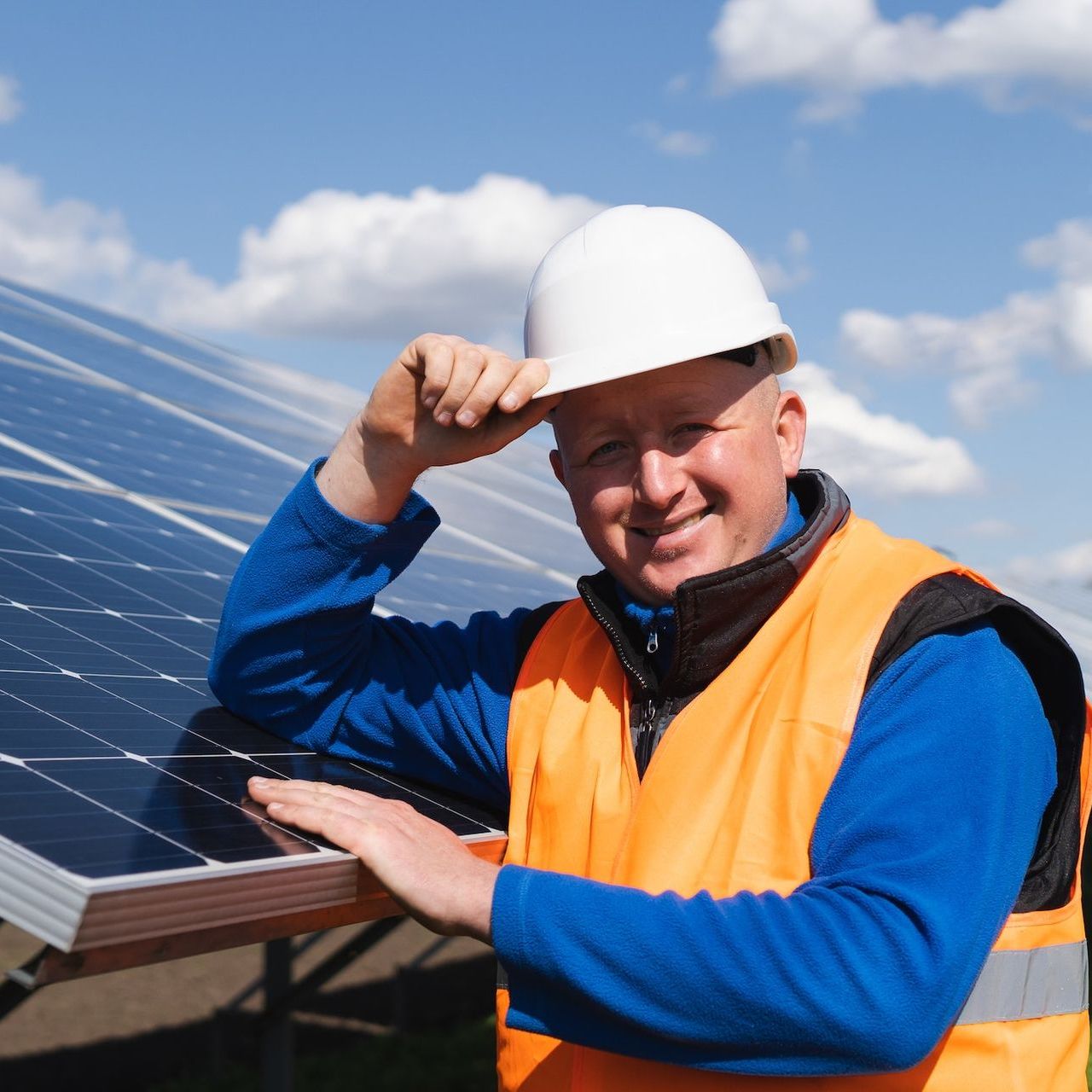
Professional solar panel installers in the UK, offering high-quality, affordable installations.
Save up to 90% on your electricity bills!



